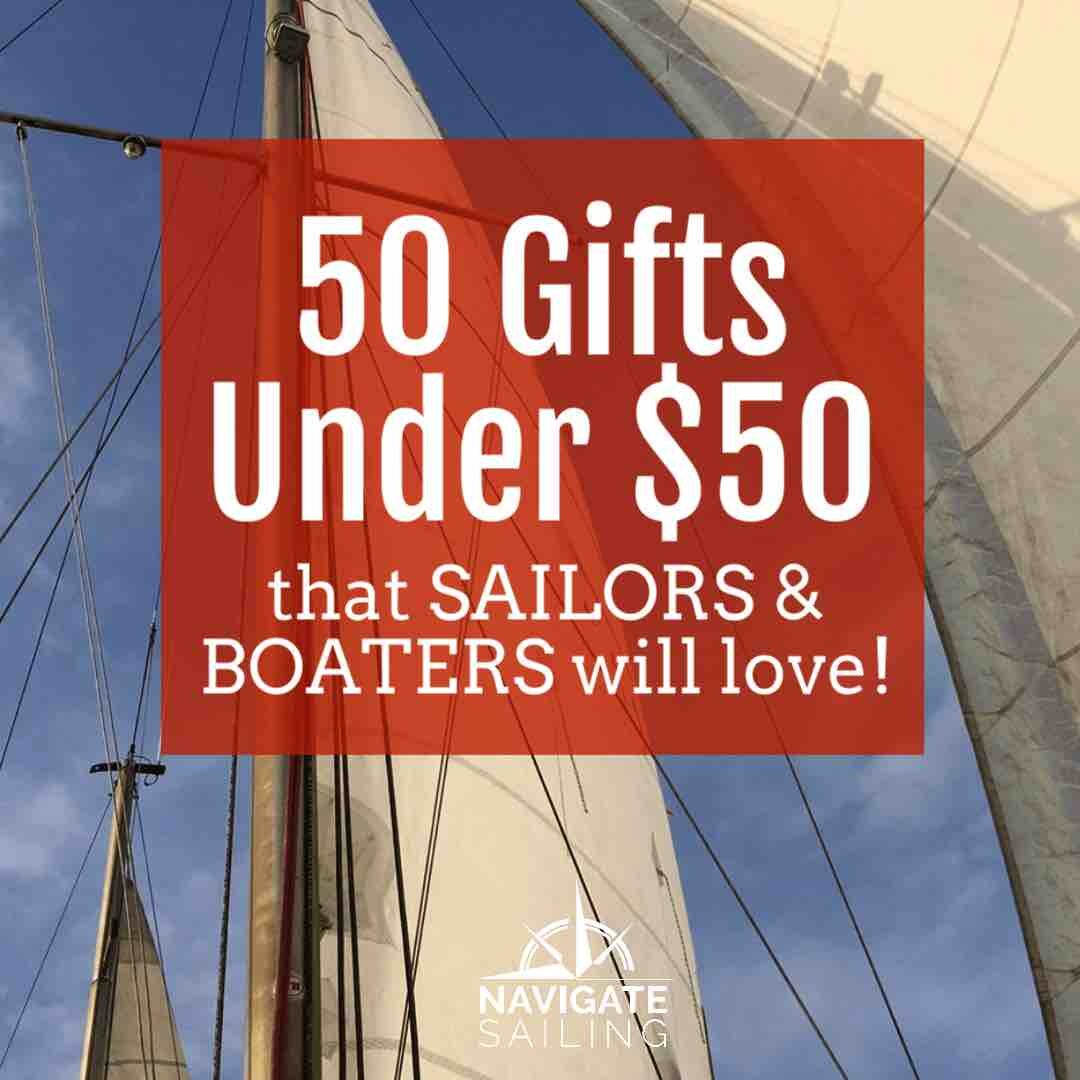How to Approach and Lock In at the Kiel Canal (Small Leisure Craft)
/For many sailors, locking into the Kiel Canal can be stressful, however, this step-by-step, helpful guide provides 20 Tips for sailboat skippers who are not familiar with the Kiel Canal lock-in procedure for sailboats, small leisure craft, and recreational craft.
By Michelle Segrest – How to Get Your Sea Legs

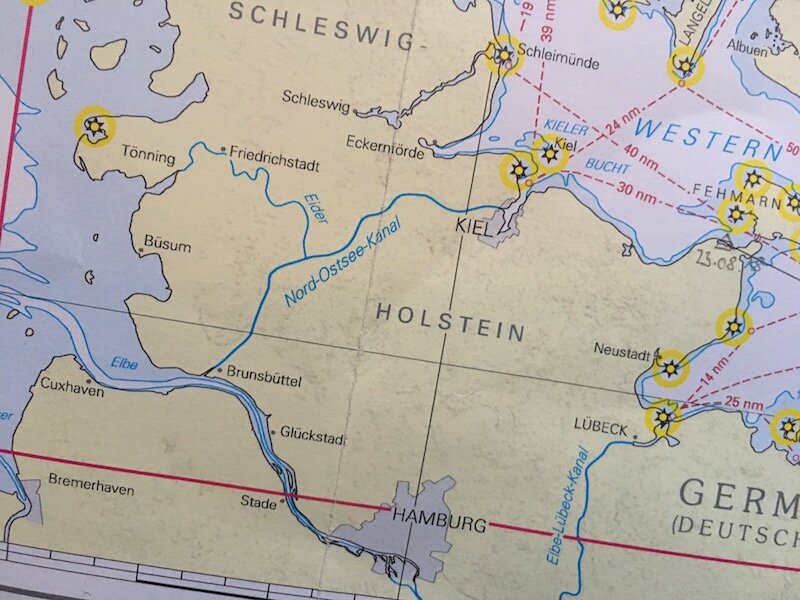
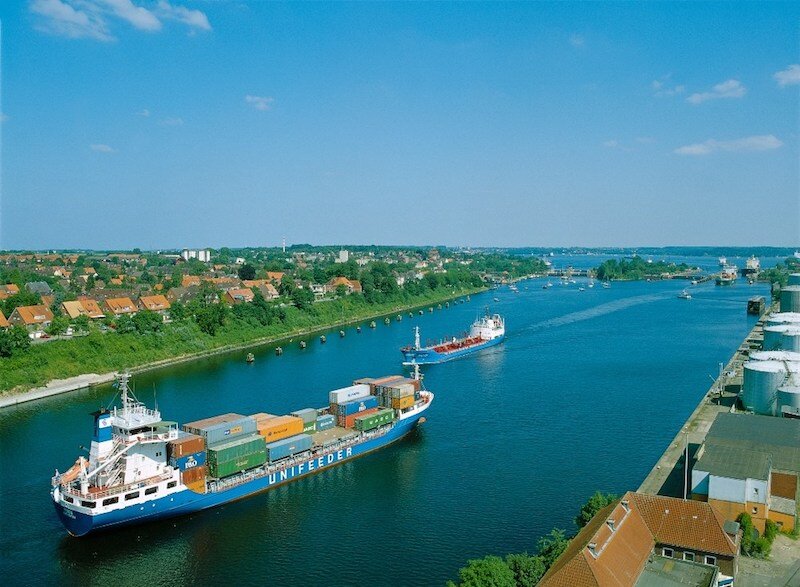
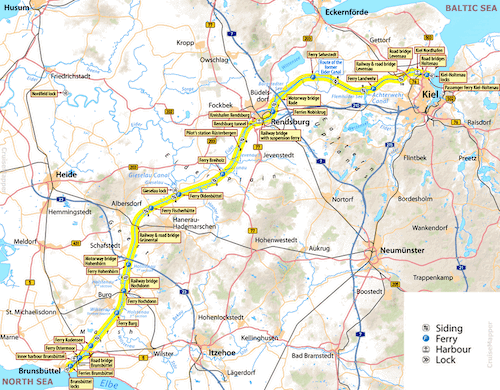
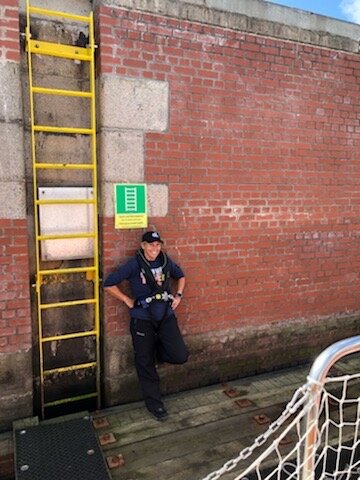
When considering passage through the Kiel Canal from the Baltic Sea, you must consider the ever-changing tides on the other side that make the North Sea unique … and dangerous. Considering the tides of the North Sea is as important as deciphering the wind and weather. But first, unless you want to take the challenging 460 km detour around the northern coast of Denmark, you must first transit through the Kiel Canal.
What is the Kiel Canal?
The Kiel Canal connects the North Sea with the Baltic Sea.
The Kiel Canal is often called “The Panama Canal of Europe.” However, it’s much busier. In fact, it’s the busiest artificial waterway in the world with 90 to 130 ships transiting it each day. This doesn’t even include small sailboats and leisure crafts.
The following is from the “Wunderbar” webpage:
The Kiel Canal took 9,000 workers eight years to dig, and after its opening in 1895 it had to be widened again in order to accommodate Germany’s new generation of battleships. The Kiel Canal is a 98km waterway which slices the head of Denmark from the body of Europe and saves Baltic shipping a 460km detour in so doing.
Originally called the Kaiser-Wilhelm Canal, and referred to in Germany as the Nord-Ostsee Kanal, it was partly built for military purposes. During the last years of the 19th century the newly formed nation was flexing its muscles, commercially as well as militarily, and it saw the distinct advantage of having a passage, through wholly German territory, between the Baltic and the North Sea.
It can easily be transited within a day, although particularly big vessels sometimes have to wait in designated sidings before they can proceed. There’s a lock at either end, but there’s not a huge difference between sea-level and canal level; the locks are mainly to defend the canal against the movements of the tides.
How to Lock in at the Kiel Canal from the Northern Side (Baltic Sea)
When we went through the Kiel Canal, the old lock was closed for repair. So big ships and small leisure crafts like us had to share one lock, which adds to the challenge.
It is important to be well-prepared and follow some important guidelines. While preparing, read the Guidance for Operators of Recreational Craft for Kiel Canal. It outlines all the radio channels, light signals, and rules and regulations. It also has information on the ports inside and around the Kiel Canal.
Here are the Top 20 Tips and what to expect while locking in at the Kiel Canal:
The approach is best on the eastern side of the Kiel Fjord, after you have passed the narrows of the Friedrichsort-Lighthouse. But be aware of the small prohibited area closely southwest of the lighthouse. It is clearly marked. The waiting area for leisure craft when approaching the locks of the Kiel Canal is shown on the chart at 54°21.5′N, 10°9.65′E
Continue your way into the Fjord toward Kiel until you see the signal masts of the channel entrance on starboard. The waiting area is on the northern side of the locks, just in front of the Kiel-Holtenau pleasure boat harbour in the entrance area of the (older and smaller) northern locks, which normally manages the pleasure boat traffic. (The same entrance procedure as in Brunsbuttel applies).
Turn VHF Radio to Channel 12, the lock master, unless you are the only leisure craft in the waiting area. (Call sign “Kiel Canal 4”). If you use your radio, maintain strict radio discipline.
In the locks, there is a light signal mast. The only light signal that is relevant for sailboats and leisure craft is a white blinking light, which means you may enter the lock. All other lights indicate that you should not enter the lock.
Waiting time can easily be up to 90 minutes, but don’t worry, they will not forget about you.
Use the waiting time to properly hang your fenders. Make sure they hang really low, touching the surface of the water. Place the fenders on both sides because the lock master could order you to moor on the port or starboard side. You won’t know until you are inside the lock.
If the mooring is done in conjunction with the larger ships, usually the sailboats and leisure craft will be told to moor on the opposite side of the big ship. The big ships enter the locks first. If you see a big ship moored on the starboard side, for example, you will know that the sailboats and leisure craft moor on the port side.
Prepare mooring lines on the stern and bow on both sides.
You are not allowed to anchor in the waiting area. If necessary, just maneuver in circles.
While waiting, the lock master may call the sailboats and leisure craft toward the lock area just before the locking process begins. However, do not enter the lock before you receive the appropriate signal (flashing white light). The signal mast is on the center wall between the two lock chambers.
As you enter the lock, remember that most of the big ships keep their propellers running which causes a lot of current inside the lock chamber.
On the left side wall, you will see a yellow marker, which indicates the end of the useable lock chamber. Do not moor behind that yellow marker.
A loud ringing will indicate that the lock chambers are being closed.
Be careful when jumping on the floating pier. It can be slippery.
Tie the lines only to the floating pier, and never to the wall.
Due to the currents inside the locks, secure your boat with stern and bow lines, as well as spring lines.
During the lock-in process, stay on your boat or on the pier. Never climb the ladders up the wall. The ladders are for emergencies only.
Wait on your signal to leave the locking chamber. Leisure craft generally leave first, before the big ships. When passing the big ships, beware of the current caused by their propellers.
Don’t forget to pay the fee on the other side of the locking chamber in the waiting area on the western side of the lock. Fees depend on the length of your boat—generally approximately 15 to 20 Euro.
Enjoy your cruise through this famous canal.
Read these RELATED ARTICLES
If you like this article about How to Lock in at the Kiel Canal, please pin it!
This page contains affiliate links. If you click on the product links and make a purchase, it allows me to make a small commission at no extra cost to you! Thank you for your support and I hope you find value in this content!













